SPL Lighting LED Spotlight bulbs

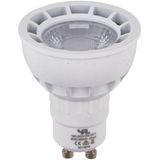




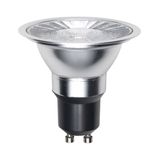


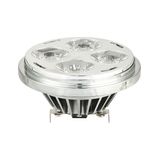
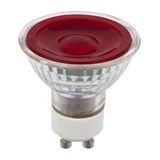
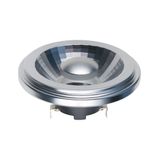
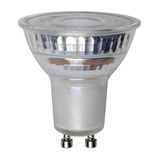
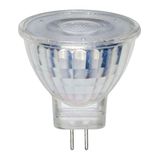
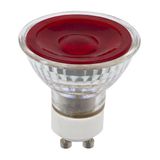
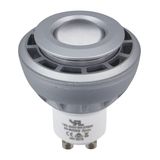
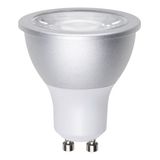
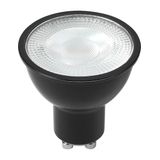
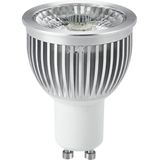
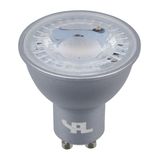

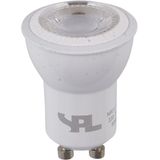
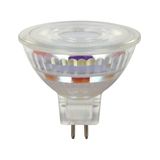
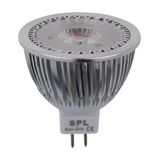
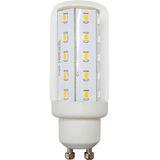
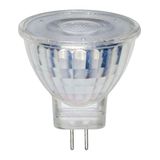
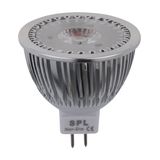


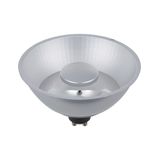

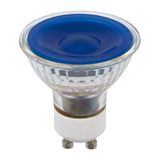
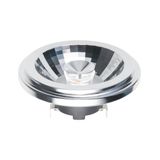

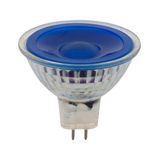
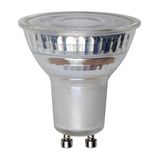
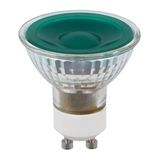


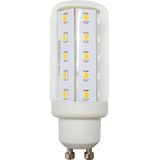


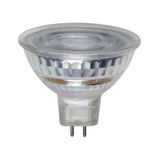
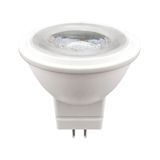
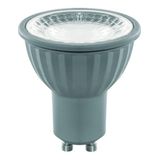
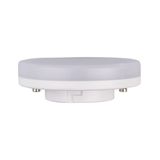


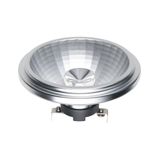
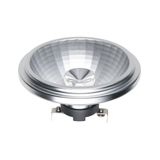
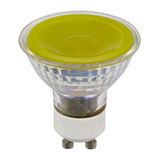



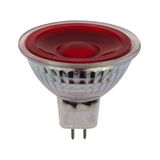


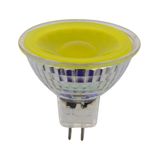
spl lighting led spotlight bulbs families and beam sets
The range centres on the classic Ø50 mm MR16/GU5.3 and GU10 forms plus a few compact PAR types for deeper trims. Beam options are tight 10–15° for showcases, mid 24–36° for tables and task cones, and broad 60° floods for general fill. Output classes span ~300–1 000 lm from 3–12 W engines depending on beam and CCT. Colour packs: 2700/3000/3500/4000 K; CRI 80 is the baseline, with CRI 90 (R9 > 50 on selected bins) where food, wood, fabrics, and skin tones matter.
Optical engines and series for spl lighting led spot lamps
Two optical approaches cover most needs. Molded TIR lenses provide high centre-beam candlepower (CBCP) and crisp edges in 10°/15°/24°/36° sets; anti-glare honeycombs and softening films are available. Glass reflector styles echo halogen aesthetics and read well in heritage trims while holding 24°/36°/60° beams. Pro bins quote MacAdam ≤3 SDCM across batches to keep runs consistent from room to room.
Construction and thermal design for spl lighting reflector led bulbs
Housings use die-cast aluminium or thermally loaded polymer with a direct path from board to crown; Tc points are marked and should remain ≤85 °C. Front elements are PMMA/TIR or tempered glass with UV-stable seals. GU10 mains types carry compact constant-current drivers; 12 V MR16 models are AC/DC-tolerant on LED-rated transformers or 12 V CV drivers. IP20 is standard; IP44 fronts are available when paired with rated downlight cans for bathrooms and wash-adjacent zones.
Control, dimming, and photometrics
Trailing-edge (RC) dimming is the default; many GU10 SKUs list approved leading-edge (RL) channels. Expect smooth ~5–100 % on narrow TIR beams and ~10–100 % on floods when the channel load is inside the dimmer’s stable window. Pro lots target PF ≥0.90 (≥6–7 W), THD ≤15 %, and flicker metrics around PstLM ≤1.0 and SVM ≤0.4 for camera-heavy spaces. Size by CBCP at the working distance, not lumens alone—narrow beams can deliver >2 000 cd at 1 m from 6–7 W heads.
Applications and aiming for spl lighting accent spotlights
Retail vitrines and feature walls: 10–15° CRI 90 at 3000–3500 K for sparkle and material fidelity. Dining and lounge tables: 24–36° at 2700–3000 K with accessories to tame near-field glare. Corridors and lobbies: 36–60° beams at 3000/4000 K for calm backgrounds. For shallow heritage trims, short-neck bodies with diffused fronts hide LED structure in direct view and keep the room’s period read intact.
Compatibility, bases, and retrofits
GU10 (230–240 V) models fit mains cans and track heads; MR16/GU5.3 capsules are 12 V and work best on LED-rated electronic transformers with low minimum load, or on dedicated 12 V DC drivers for long multi-head runs. Maintain short secondary leads on 12 V circuits to protect low-end dimming. Holder temperature classes must match the cavity: use high-temp cups where insulation blankets or tight plaster rings raise crown temperatures.
Standards and reliability notes
Lamp/engine safety per IEC/EN 62560 and EN/IEC 62031; drivers to EN/IEC 61347-2-13 with IEC 62384 performance; EMC EN 55015/EN 61547; mains quality EN 61000-3-2/-3-3; photobiological safety EN 62471 RG0/RG1. Source data references LM-80 with TM-21 projections—typical claims land L70/L80 25–50k h at Ta 25 °C depending on package and thermal headroom.
Installation details and accessories
Bezel diameters align to common Ø75–82 mm cut-outs; springs and trims share geometry across fixed and tilt frames. Front rings accept honeycomb, frosted, or spread lenses where eye-lines are shallow. For bathrooms, specify sealed front rings with closed-glass lamps. Through-wire downlight bodies preserve DALI/1–10 V buses across rows when mixed with linears or panels.
Efficiency and procurement cues
When schedules call out spl lighting energy saving led spots, point to 24–36° beams with high-efficacy bins (often 100–120 lm/W at 4000 K on floods) and PF ≥0.90 mains drivers. Quote by cap (GU10/GU5.3), wattage, lumen/CBCP, beam, CCT/CRI, dimmer type, surge level (1–2 kV typical), and any IP44 front requirement. Keep a small service drawer of lenses, honeycombs, and rings—these are the first items scuffed late in a program.
Directionality and range pairing
Use these heads as the spl lighting directional lighting layer over merchandise, artwork, and table planes; let panels or linear bars carry background lux. In mixed estates, match colour policy so pendants, downlights, and spots read as one system. For catalogue grouping labelled spl lighting indoor spot lamps, note beam, cut-out, and trim finish on the same line to prevent on-site substitutions that change the look.